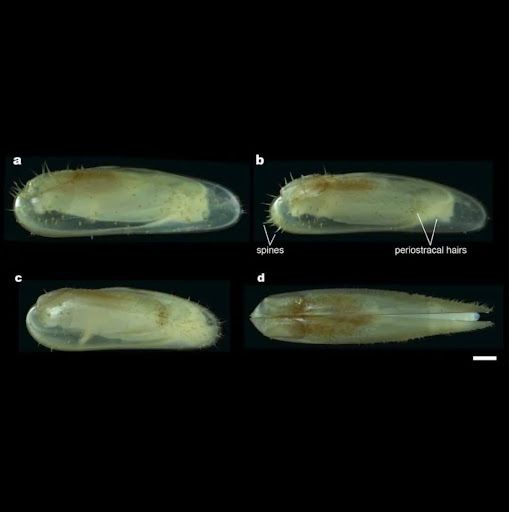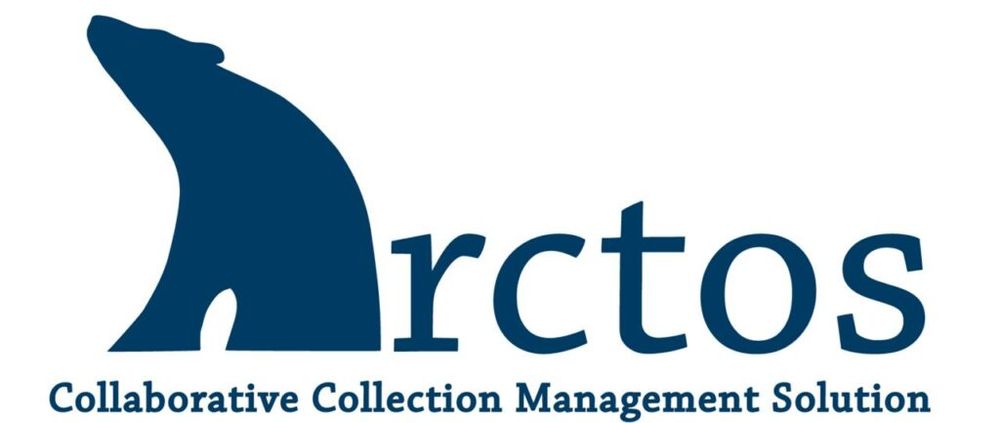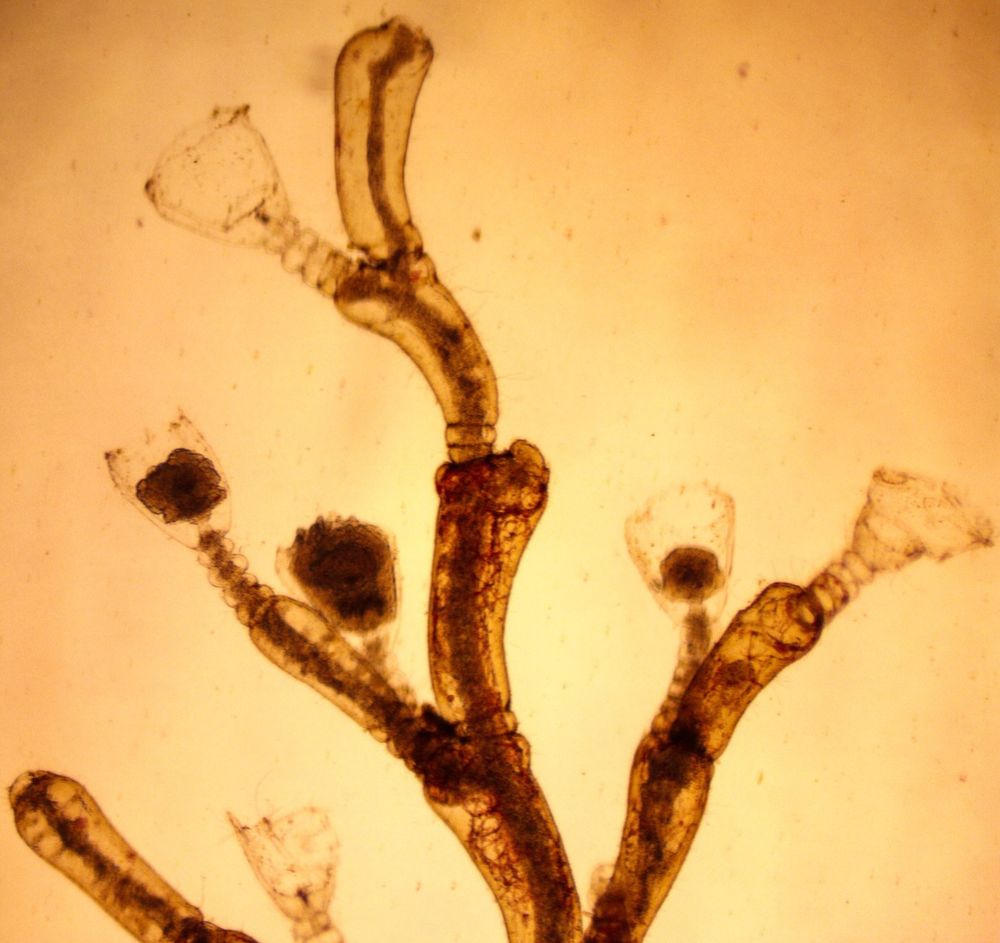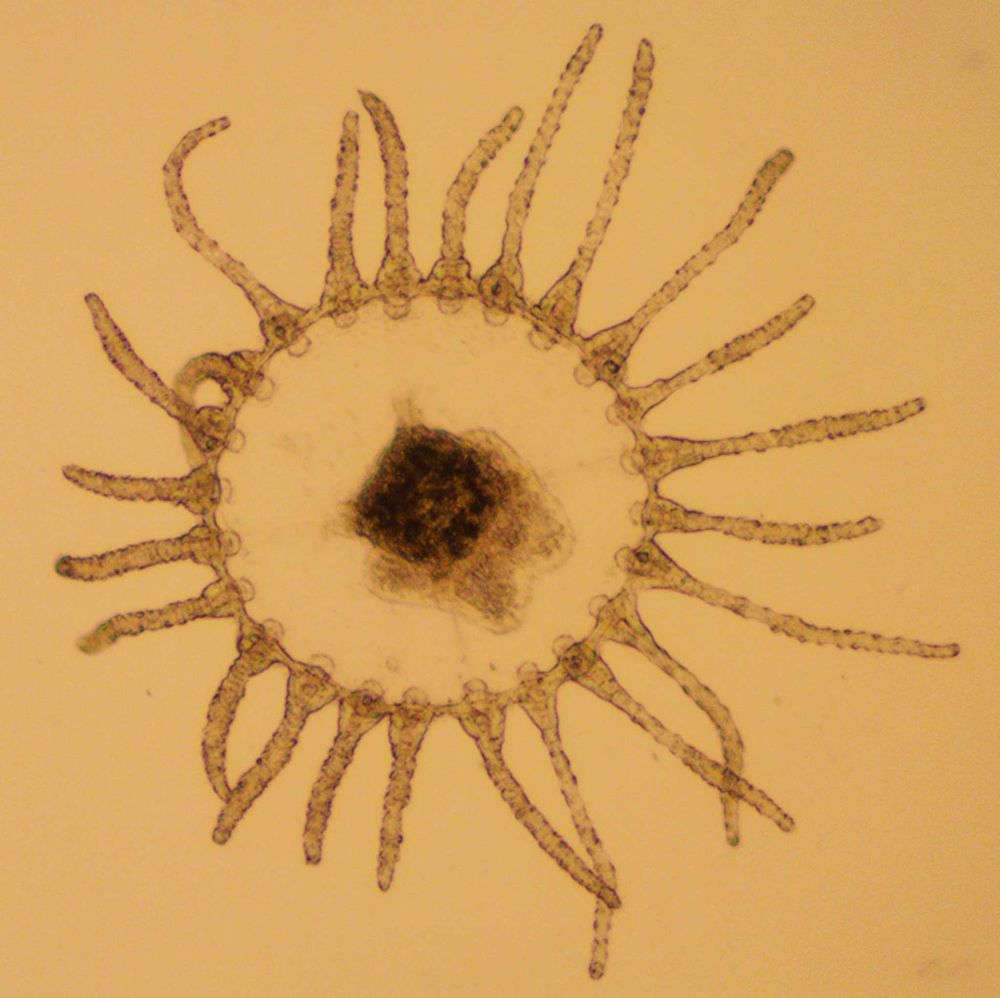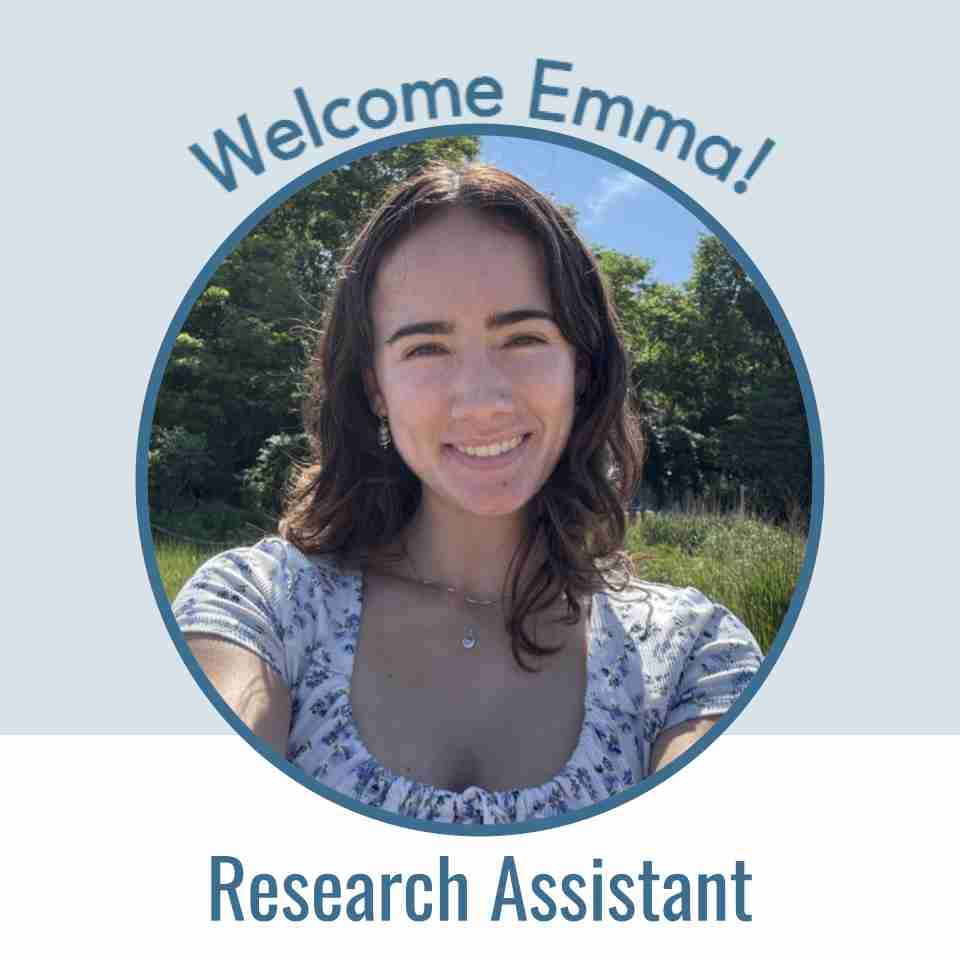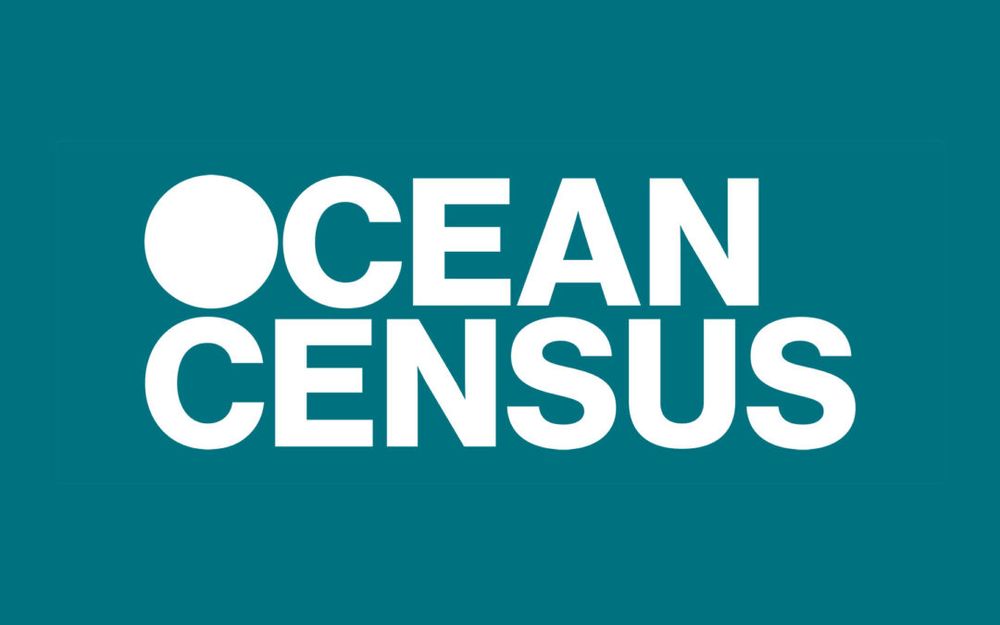
Ocean Genome Legacy
@oceangenomelegacy.bsky.social
140 followers
170 following
65 posts
Ocean Genome Legacy (OGL) at Northeastern University is a nonprofit marine research lab and DNA biorepository dedicated to preserving ocean biodiversity and training future marine scientists. 🌊🧬 #MarineScience #Biodiversity
Posts
Media
Videos
Starter Packs

































